However, with so many rules and codes for specific receptacles in different units, it can sometimes be difficult to know whether GFCI is required for RV receptacles or just for regular outlets.
RV receptacles need to be GFCI protected to cut off the supply to a circuit when there is a fault or short in the line, especially those in areas subject to water or moisture. These areas include the kitchen, laundry room, bathroom, and outside receptacles, which are subject to water from rainfall.
In this article, you’ll learn more about GFCI receptacles, how they work, and where they should be installed.
We’ll also provide you with a step-by-step guide on installing GFCI receptacles in your RV and how to test them.
Disclaimer: This is a guide and is for information purposes. All electrical work should be completed by a certified electrician.
How Does GFCI Work?
GFCI or Ground-Fault Circuit Interrupter monitors electrical flow in your RV just like a circuit breaker.
It cuts off power to an outlet if it detects any imbalances in the current flow to prevent damage and reduce the risk of shock.
These devices are mostly recommended or required for use in areas where contact with water is likely.
GFCI outlets usually have a reset and test button. These buttons are used to test if the GFCI outlet is still functional (more on how it is tested later).
They are just two of the parts on a GFCI. The other parts include two or four holes, usually rectangular, a light indicator, and one or two holes, usually beneath the rectangular holes.
The hole on the outlet’s left side is called the “hot hole” because it houses the hot wire. The hole on the right is neutral, and the circular hole is known as the ground. Normally, the current flows from the hot to the neutral.
A device plugged into the outlet gets current from the hot wire and returns the exact amount of current to the neutral. An imbalance in the amount of current returning to the neutral calls the GFCI to action.
The GFCI cuts off current flow, and the light indicator comes on.
For example, if you’re using a corded clipper plugged into a GFCI outlet in the bathroom and it falls into a sink containing water, the current flowing into it will be cut off by the outlet in one-thirtieth of a second.
How Is a GFCI Different From a Circuit Breaker?
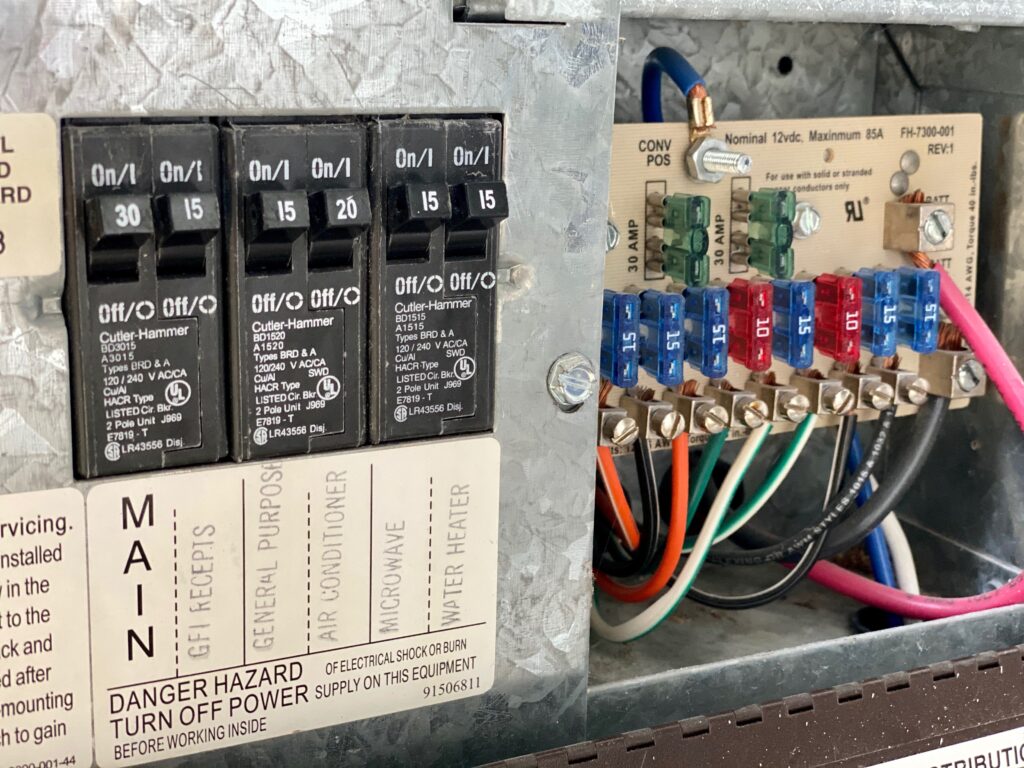
A circuit breaker and a GFCI perform the function of protecting your RV’s electrical system, but they do so in different ways.
While a GFCI is an electrical outlet that prevents shock and electrical hazards by cutting off electric current and flow, a circuit breaker does the same thing, but on a larger scale.
Remember that a GFCI is an electrical outlet; however, they can be numerous in one RV and work independently.
Circuit breakers can be more than one in an RV but can all be controlled by a master switch because all the breakers are positioned in a central breaker box.
Below is a summary of the differences between a GFCI and a circuit breaker.
| GFCI | Circuit Breaker |
| Stops electric current flow from appliances plugged in the outlet | Stops electric current flow from a whole area of the RV |
| Prevents electrical shocks | Prevents fire outbreak and wire damage |
| Each GFCI is controlled independently | A master switch can control all circuit breakers in an RV |
| GFCI contains a miniature breaker | It is the breaker contained in the GFCI |
Which Areas of an RV Need to Be GFCI Protected?
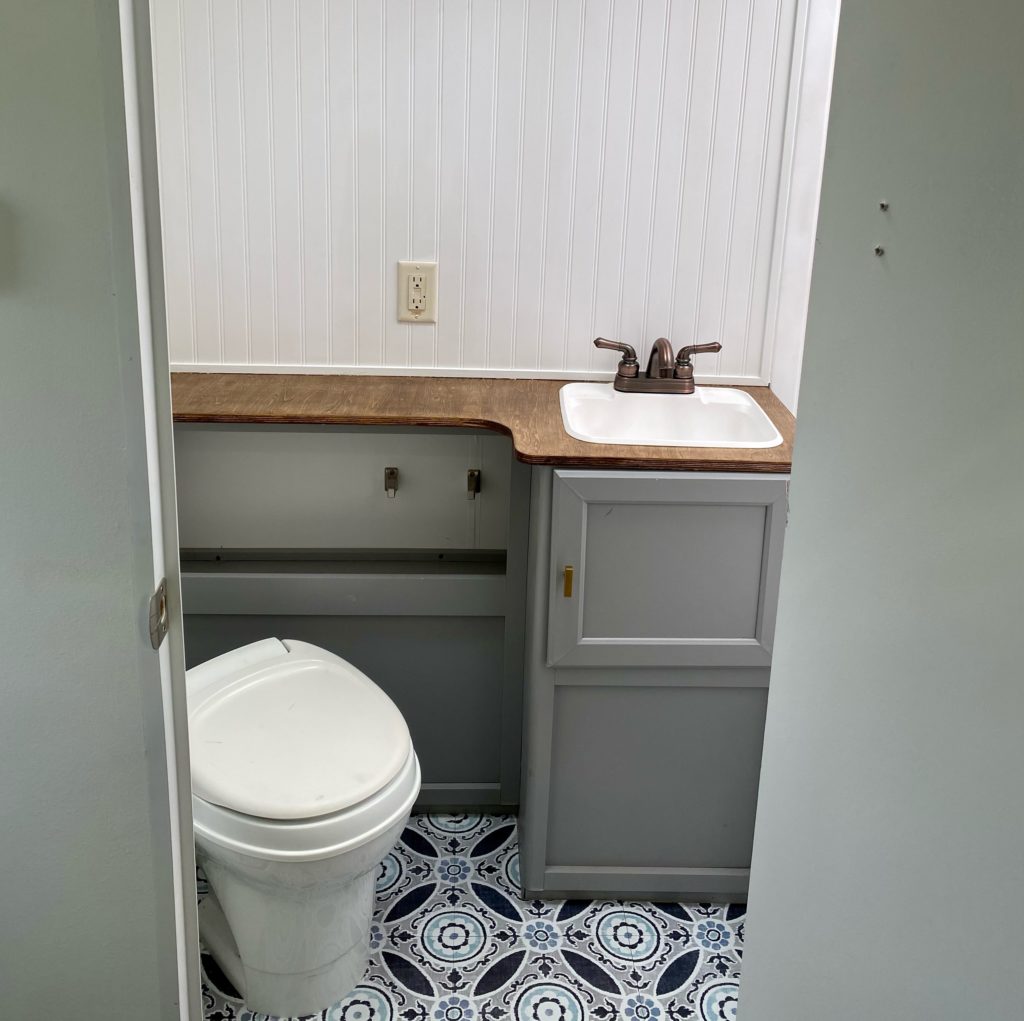
According to the National Electrical Code (NEC), receptacles of non-dwelling units such as an RV, exposed to water or moisture must be GFCI protected.
These receptacles include those rated 30-amp, 50-amp, and 150 volts to ground or less.
Kitchen
All the receptacles that serve the countertop surfaces in the kitchen are required to have GFCI protection. As a general rule, any outlet within 6 feet (1.8 m) of a water source such as a sink, water heater, or plumbing must be GFCI protected. Similarly, any receptacle you’ll be connecting a dishwasher to must be GFCI protected.
Bathroom
The National Electrical Code (NEC) requires that every receptacle in your bathroom has GFCI protection.
Laundry room
If you have a laundry room in your RV, the washing machine outlet and all other outlets 6 feet (1.8 m) to the sink must be GFCI protected.
Outside receptacles
All receptacles outside your RV, including those used for exterior lighting, should be GFCI protected. This rule is in keeping with the NEC’s 201.8 (B).
RV site and pedestals
Initially, the NEC required that all 150-volts (or less) rated receptacles, 100-amps or less installed in RV sites and pedestals, be GFCI protected.
However, a 2020 update to the code excludes the 30-amp and 50-amp circuits of RV pedestals from the need to be GFCI protected.
How to Install a GFCI Receptacle in Your RV
We’ve already established that your RV receptacles need to be protected by GFCI. If you haven’t installed them yet, it’s not difficult to do. Follow these steps, and you will be complying with NEC regulations.
- Remove your old power outlet. When you’ve done so, two wires or more will be exposed.
- Use a tester to determine which of the wires carry power. While doing so, ensure the wires do not touch one another.
- Note the wire that carries power and switch off your RV’s power source by pulling your circuit breaker switch or switching your fuse off.
- At the back of your GFCI outlet, there are three inlets. There is the line, the load, and the ground. The power-carrying wire (usually black) goes to the line; the white wire goes to the load while the ground wire goes to the green screw on the outlet.
- Switch your power back on to test the GFCI outlet.
Does Each Receptacle Need to Have GFCI Protection?
You don’t have to install GFCI on every outlet in your RV. A single GFCI receptacle can serve all the outlets on a branch.
However, the receptacle protecting all the down-circuit outlets must be installed electrically closest to the serving breaker.
As long as this first receptacle is GFCI, all other receptacles on the same branch are protected.
How to Test GFCI Outlet in Your RV
Your GFCI outlet is bound to trip sometimes. When it does, get a professional to check it out.
However, check the functionality of this outlet at least once a month following this procedure:
- Press the test button on the outlet. Doing this causes it to trip, an event that happens when it stops current flow.
- Plug in a bulb. It shouldn’t light up.
- Now, press the reset button and watch the bulb light up. If it doesn’t, your GFCI outlet is probably faulty.
While this seems easy to do, it is suggested that a professional should be present to test your outlet’s functionality.
Note that GFCI are sensitive devices and can activate because of a malfunctioning appliance.
Electrical appliances that are not properly grounded, and moisture in any electrical wiring can cause GFCI receptacles to activate.
When this happens, press the reset button on the receptacle. If the device will not reset, have it inspected by a professional.
Conclusion
GFCI helps to keep you and your RV safe from electrical hazards such as shock and fire outbreaks. GFCI detects irregularities in the current flow and cuts off the supply to prevent any form of damage.
To ensure maximum safety, the NEC requires that you install GFCI for all RV receptacles rated 30-amp, 50-amp, and 150 volts to ground or less in areas exposed to moisture such as laundry rooms, toilets, bathrooms, and kitchens.

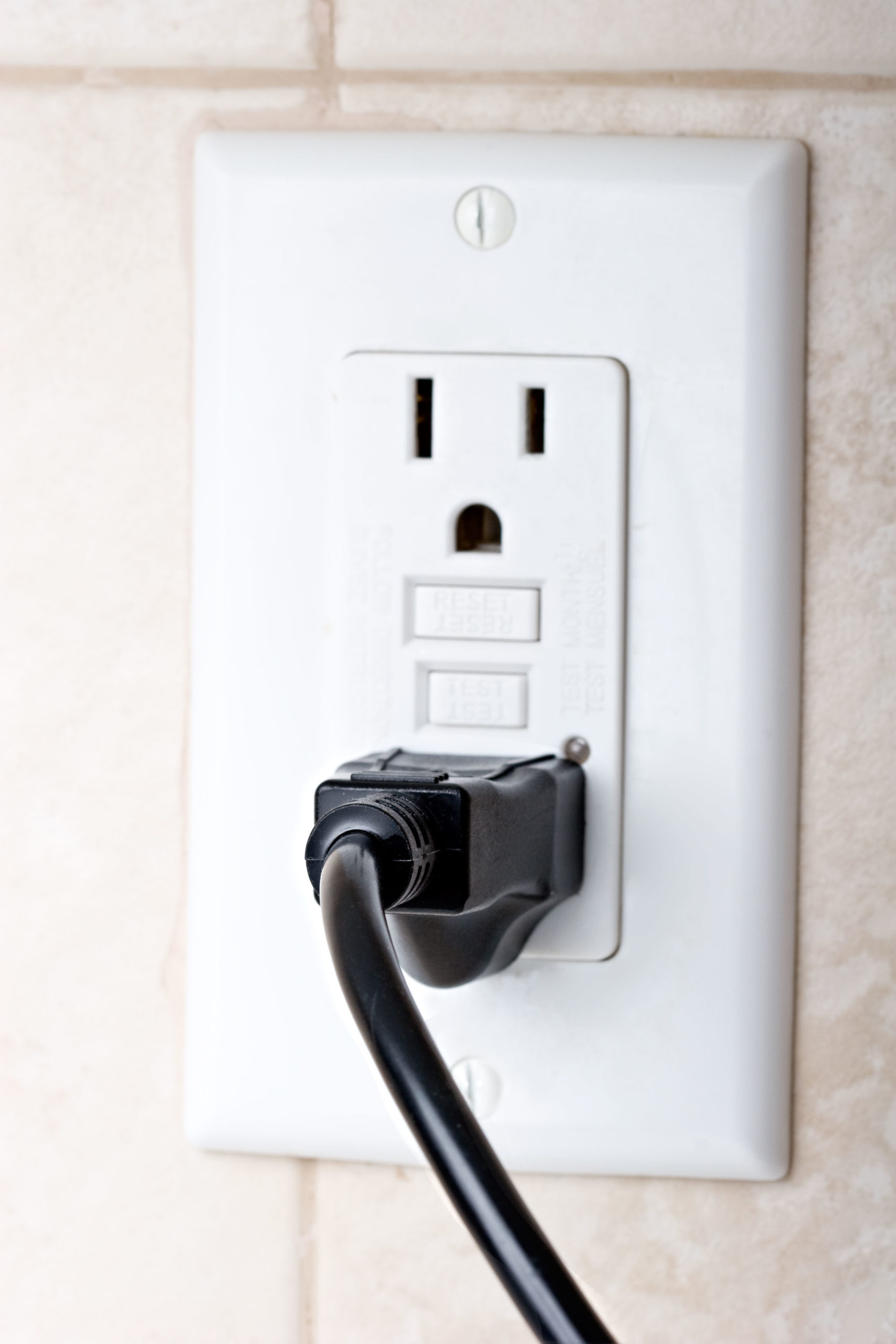
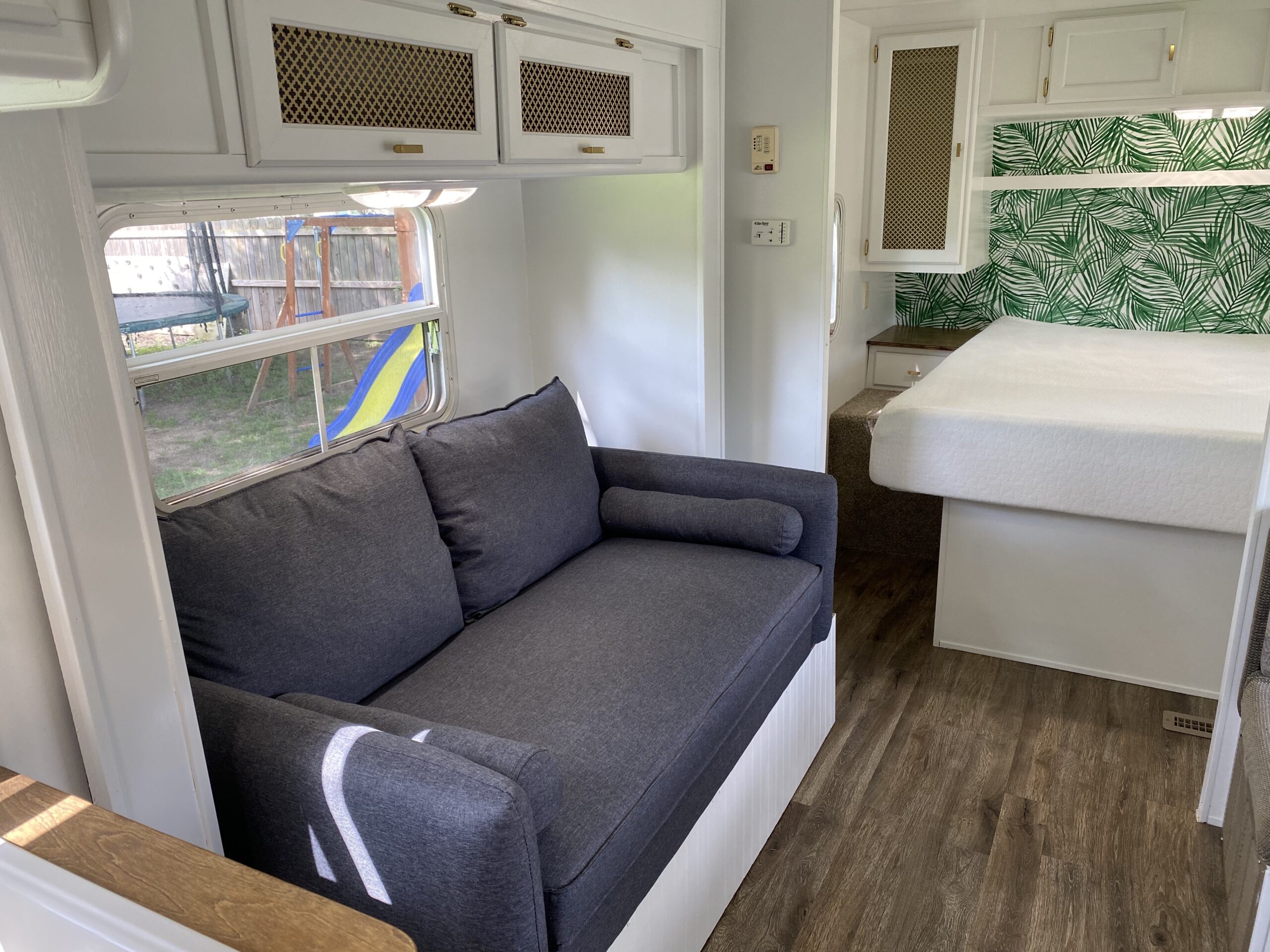
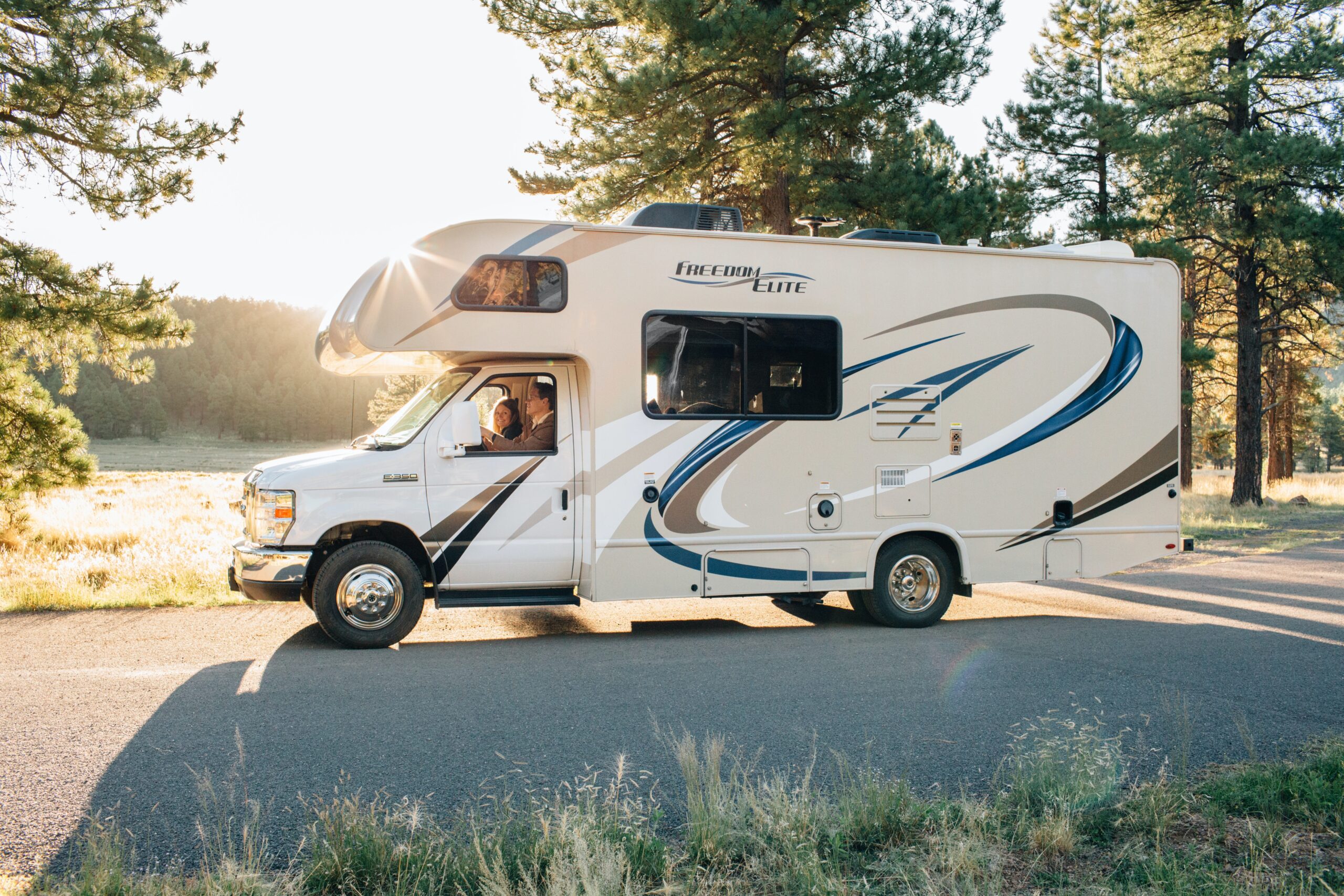

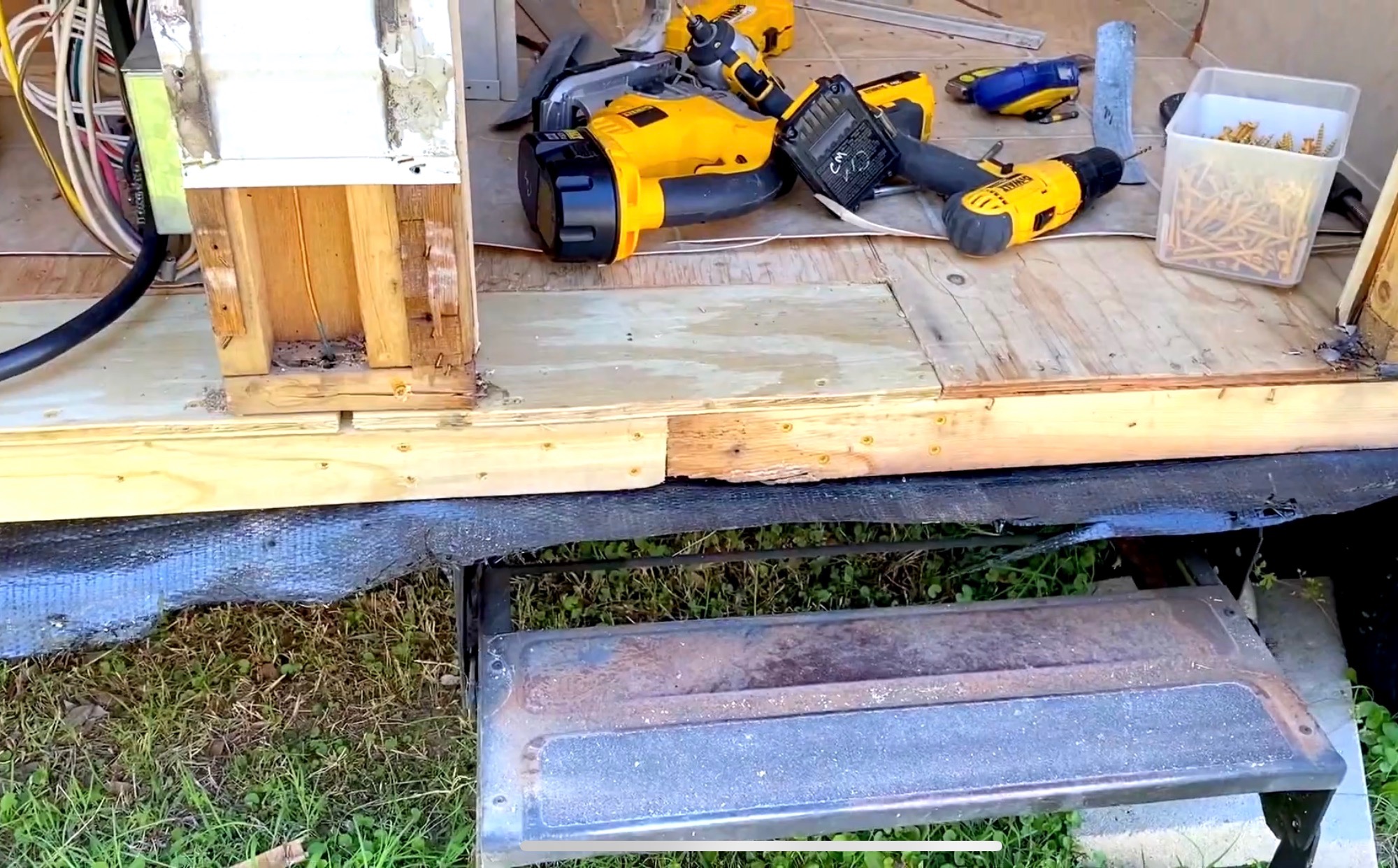

One Response
Please correct this article before it causes someone property damage or injury. Step 4 in your “how to wire…” section is completely wrong. You say “The power-carrying wire (usually black) goes to the line; the white wire goes to the load”. This is wrong. Both the hot (black) and neutral (white) wires coming from the circuit breaker panel (or upstream in the circuit) go to the Line connections on the GFCI. This article has a good diagram of the terminals: https://www.protoolreviews.com/wiring-a-gfci-receptacle-diagrams/
Ground goes to solitary ground on the GFCI. If there are two or more cables connected to the GFCI, then all of the grounds are connected together (usually with a wire but or copper crimp) along with a short piece of bare wire that connects to the single ground screw on the GFCI.
The Load connections on the GFCI are where you would connect wires continuing downstream in the circuit (if you have them). There are separate places to connect the hot and neutral wires on the load side for this purpose.
Splitting a single cable from the power source across the Line and Load connections on the GFCI will not work. Usually each of the Line and Load sets of connections in the GFCI are color coded – brass for the not wire and silver for the neutral wire.
You should also fix the first part of the instructions for safety purposes…turning off the circuit breaker is always the first step for safety reasons. Then remove the outlet. Then, if there is more than one set of wires and you’re not sure which set of wires is coming from the power source, you can separate the wires while the power is still off, turn the circuit breaker back on, and use a circuit tested or multimeter to carefully see which hot wire has current.